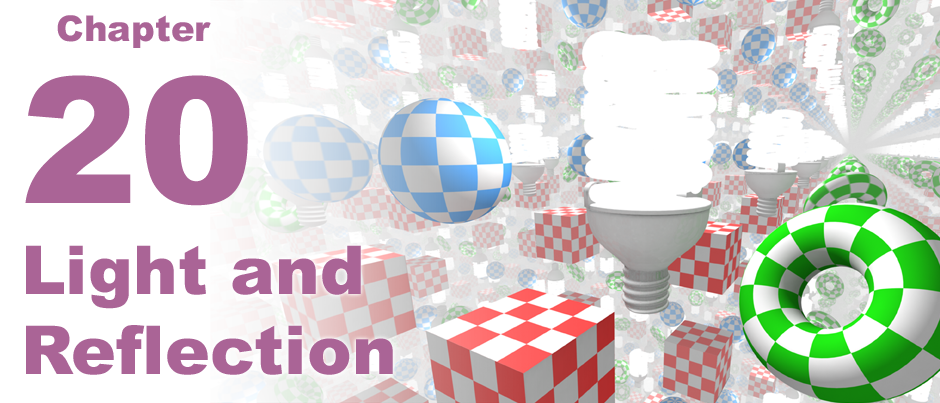 |
Near noon on a sunny day, more than 500 W of radiant power from the Sun falls on every square meter of the ground. Sunlight is great for warming you up, but the power of sunlight is too diffuse to cook food. The purpose of a solar oven is to gather the power of sunlight over a large area and focus it, creating enough concentrated power to cook food. In a solar-thermal power plant the same principle is used to boil water into high-pressure steam, which then turns an electric generator to make electricity. 
|
 You can build a powerful solar oven using little more than basic physics, geometry, cardboard, and aluminum foil. The principle is to use curved or angled reflecting surfaces to direct sunlight from many areas onto the same area. Sunlight reaches Earth in nearly parallel rays. A parabola has the property that parallel rays reflect to a central point called the focus. A one-square-meter parabolic mirror can easily achieve temperatures of 200ºC or higher in full sun. Near the focus, a cup of water will boil within minutes. In fact, the radiant power near the focus can be so concentrated that one must be careful to avoid getting seriously burned.
You can build a powerful solar oven using little more than basic physics, geometry, cardboard, and aluminum foil. The principle is to use curved or angled reflecting surfaces to direct sunlight from many areas onto the same area. Sunlight reaches Earth in nearly parallel rays. A parabola has the property that parallel rays reflect to a central point called the focus. A one-square-meter parabolic mirror can easily achieve temperatures of 200ºC or higher in full sun. Near the focus, a cup of water will boil within minutes. In fact, the radiant power near the focus can be so concentrated that one must be careful to avoid getting seriously burned. 
|
Building a solar oven might be a nifty extra-credit lab or after-school project for a high school student. For millions of the world’s poorest people, however, this application of physics is a matter of life or death. In Darfur and eastern Chad, myriad refugees from Sudan’s civil war are living in refugee camps. The work of gathering fuel and preparing food falls primarily to the women living there. It is a dangerous area; gathering firewood is both risky and can take hours. Even if wood could be safely gathered, smoke from burning wood in a densely populated camp is a health hazard and the pursuit of firewood can quickly strip an area of trees. 
|
The solar oven is a life-saving solution for thousands of refugee families across Africa. Many people now cook most of their meals with sunlight, creating no smoke and cutting down no trees. Solar ovens also are used in many places to sterilize drinking water. This application of basic physics has saved countless lives and also helped preserve fragile ecological areas. 
|
| |
|

